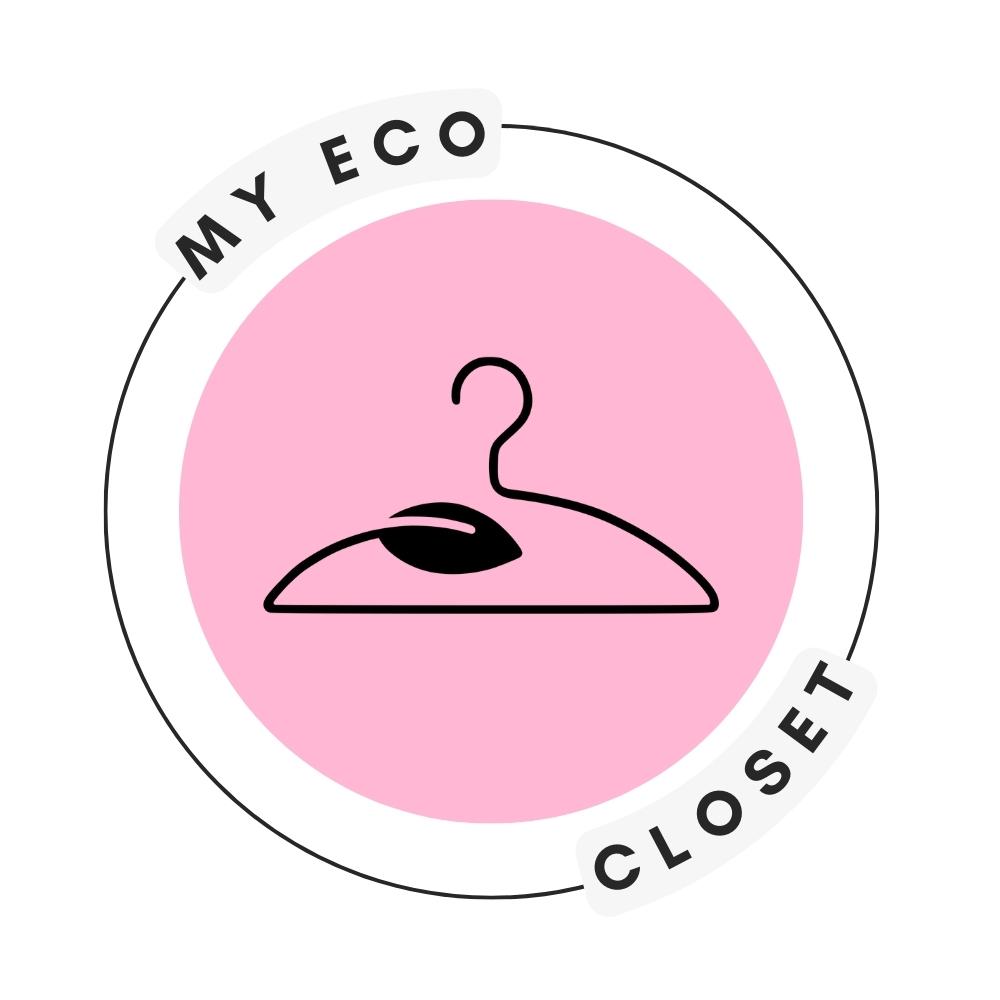Disturbia, a UK-based alternative clothing brand founded in 2003, has earned a loyal following with its unique designs. However, recent concerns about declining product quality have led to debates about whether the brand has become unethical. In this guide, we will answer the question, “Is Disturbia fast fashion?” Let’s explore its history, quality issues, and industry impact.
Is Disturbia Fast Fashion?
Disturbia clothing appears to have embraced fast fashion trends, including frequent promotions, declining product quality, and rapid production cycles. Recently, accusations surfaced that some designs are AI-generated, raising further questions about the brand’s practices and its shift toward fast fashion.
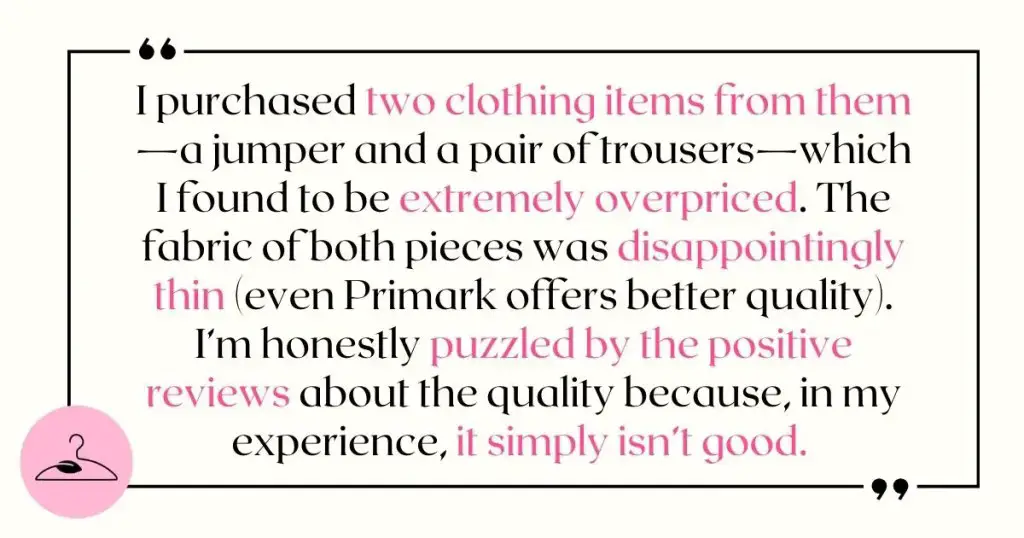
Customer Reviews at Disturbia: Positive or Negative?
Disturbia appears to have shiny reviews from many of its customers. However, the internet teems with rotten reviews and nasty negativity that spreads faster than Shein’s production lines. Bad reviews circulate quicker than ever with the internet, which is problematic for our generation and all those with an online presence. Since Disturbia is an exclusively online retailer, all of its customers are online, too.
A brief look at reviews would tell you that Disturbia is creative and has given customers exactly what they were looking for. A closer look, however, tells you that Disturbia’s sizing is often inconsistent, but the quality may be better than (other) fast fashion brands, and it compares well to other alternative, gothic brands.
As one anonymous reviewer mentions, the brand offers chic patterns and decent materials; however, most “5-star reviews are too forgiving of the fact [that] the sizes don’t make sense.”
Given that, if you look even closer, you will find that Disturbia is overcharging for products made of primarily polyester, and it is just another fast fashion brand in an alternative disguise.
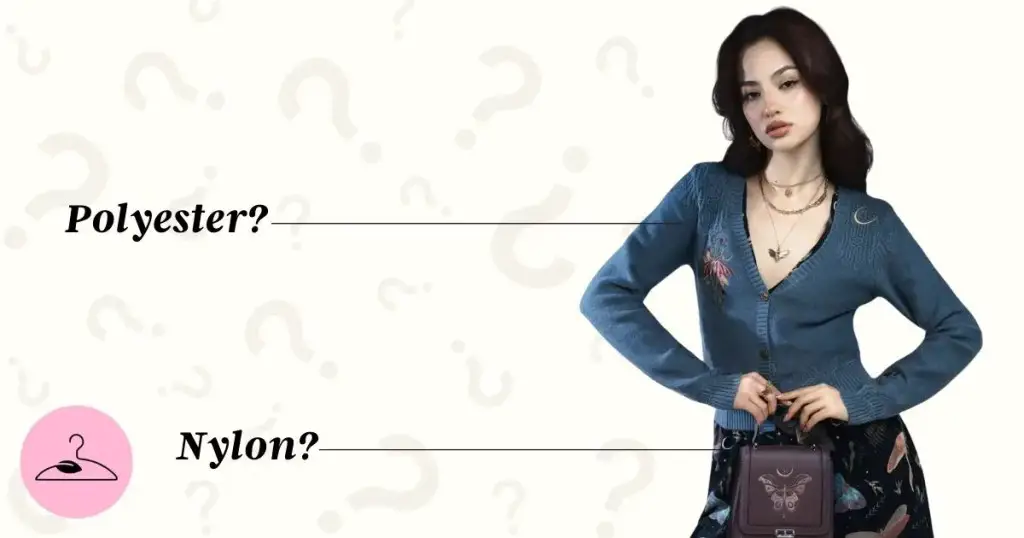
Disturbia’s Fabrics and Quality: Is It Worth Buying From?
Disturbia considers its products, from design to fabric, to be luxurious. However, after reading countless reviews and taking a quick look at its ‘product breakdowns’, I am not so sure.
To determine the quality of Disturbia’s clothing and whether it is worth the price tag, I selected 20 items at random from the website to take a closer look at the ‘luxurious’ features. Here’s what I uncovered:
Key Findings: Fabric Breakdown
- Over 50% of the fabric content is polyester
- Cotton follows as the second most used fabric, making up around 15%
- 11 out of 20 products are made entirely from synthetic fabrics
- Only 3 out of 20 products are made from 100% eco-friendly fabrics
Category Deep Dive
Let’s unpack it all. The 20 selected products were taken from 4 categories. Dresses (Occasionwear and Trending), Bottoms (Trousers), Lingerie, and Outwear (Coats). Some of the items were multifaceted, with additional linings and contrasts, which were taken into account.
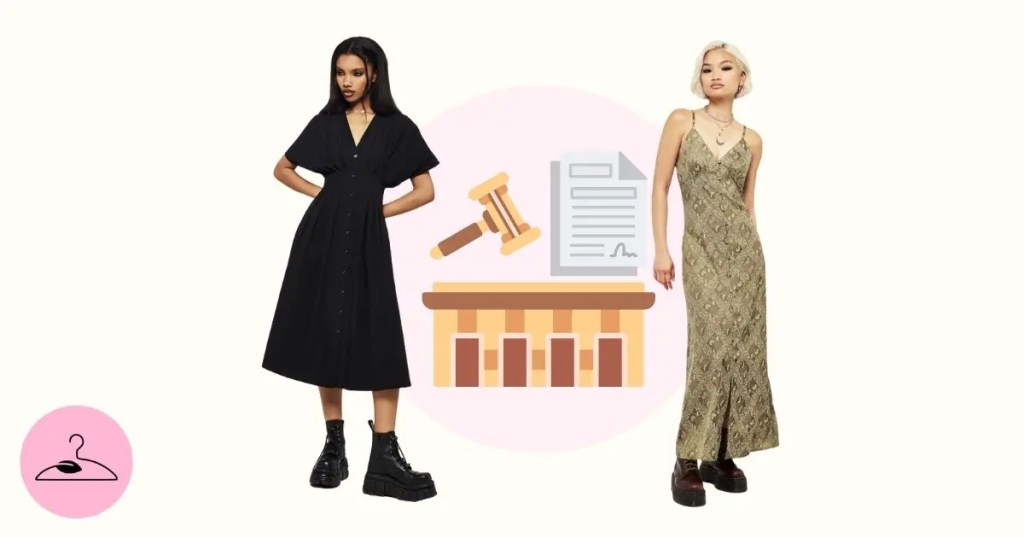
Synthetic Fabrics Dominate
Most of the sampled products rely heavily on synthetic fabrics. Over 50% of the synthetic fabric used is polyester, then viscose, polyamide, elastane, rayon, and flex in descending order.
Much of the product ‘break-downs’ consist of a fabric blend that combines synthetic fabrics together with other synthetics and/or with natural ones. For example, the Veltha Floral Embroidered Denim Mom Jeans (£58) are made of cotton (60%), polyester (26%), viscose (10%), and polyamide (2%).
The samples from Disturbia’s lingerie collection stand out — but not for the right reasons. Upon taking a deeper look, they’re made of entirely synthetic fabrics. Each item is made entirely from synthetic blends, typically 70% viscose, 25% polyamide, and 5% elastane.

The Sustainability Problem
Synthetic fabrics were a game-changer in the fashion industry in the 20th century, with some of the most iconic fashion trends unfolding because of them, e.g., nylon in the 80’s. But, since they are often made from polymers (plastics), they are non-biodegradable. This causes huge issues for landfills and waste sites, especially in the era of fast fashion, in which clothing is designed to be thrown away after only a few wears.
The small sample did pick up on 3/20 items that are made of entirely eco-friendly fabrics, which is a positive and nice surprise. These garments consist of recycled polyester and eco-viscose. One of the items features Lenzing ECOVERO viscose, a sustainable variant of viscose, made from local and responsibly managed trees.
Disturbia’s Pricing Breakdown
Disturbia’s pricing seems to compare well to other alternative and gothic retailers, but is slightly more expensive than some high-street brands.
- T-shirts, lingerie, and accessories are generally priced under £30
- Tops and swimwear land in the lower range, just above £30
- Dresses and bottoms typically fall between £50-£60
- Outerwear climbs to around £150 for the most expensive pieces.

Price vs Fabric Breakdown
In taking another look at the 20-item sample, we can assess some of the prices in depth. Outwear is a good place to start. Looking at Disturbia’s most expensive garment, the Theia Double Breasted Longline Wool Blend Coat, originally priced at £148. The fabric break-down sees a blend of wool (60%), polyester (40%), and a polyester lining (100%). With the lining included, this product is made of a lot of polyester for nearly £150.
The Jackdaw Check Wool Blend Duster Coat, originally priced at £108, is a similar coat containing just 10% less wool than the Theia coat—yet it’s £40 cheaper.
Turning to dresses, let’s look at the price comparison between a 100% polyester dress and a 100% eco-viscose dress. Well, it seems that Disturbia’s Headhunter Frill Yoke Gown, 100% polyester, is price-matched at £58 to the Foxglove Midi Shirt Dress, which is made of 100% Lenzing ECOVERO viscose. This raises an important question: would you rather pay £58 for an entirely polyester dress, or an eco-friendly dress?
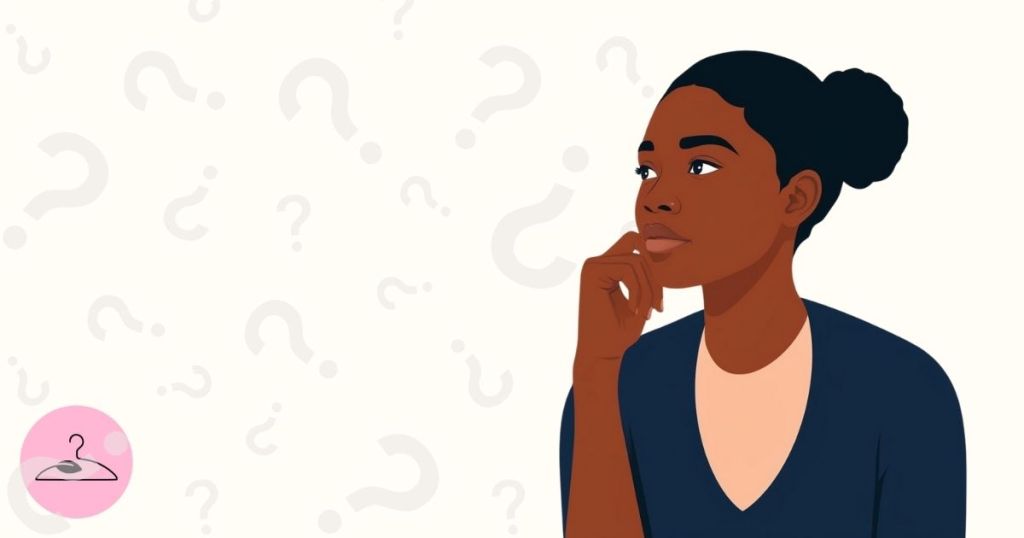
Is Disturbia Greenwashing?
Identifying greenwashing isn’t easy — brands often hide their unethical activities well. So, it’s crucial to look for buzzwords and evidence to uncover the truth.
For example, Disturbia’s sustainability page includes a lot of buzzwords, e.g., claiming to use “recycled” or “recyclable plastics” for packaging. However, there is no evidence or verification of this commitment.
Moreover, some of the brand’s products now feature “environmentally-friendly fabrics” like recycled polyester — but this may be more buzzword than benefit. When comparing recycled polyester to virgin polyester, the former appears to contain more harmful chemicals than the latter, making it just another environmental scam. This is due to the reprocessing of plastics, which involves chlorine, antimony oxide, BPA, and other dangerous compounds.
At My Eco Closet, we celebrate consumer awareness and recommend the WWF’s greenwashing guide to help identify whether businesses are truly sustainable or just using misleading narratives.

Ethical Alternatives to Disturbia
If you’re seeking ethical alternatives to Disturbia, several sustainable gothic clothing brands offer eco-friendly practices and high-quality fabrics:
- SamsaraWear from Newquay, UK, emphasizes organic and recycled materials, offering unique feminine goth fashion.
- The Last Kult in Birmingham specializes in made-to-order pieces using upcycled fabric waste for post-apocalyptic and gothic couture.
- Psylo in London also uses organic cotton and upcycled fabrics to create bold, edgy clothing for both men and women.
- Church Of Sanctus produces handmade, one-of-a-kind garments using deadstock materials, focusing on small-batch, artisanal craftsmanship.
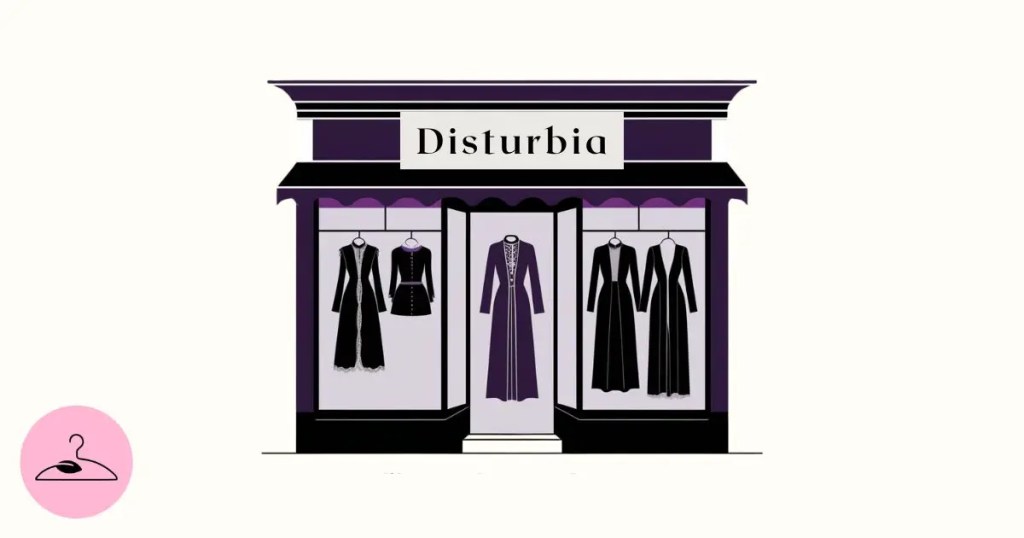
Disturbia Over the Years
Disturbia began as a t-shirt printing business, established in 2003 by Francis and Helen Major. Fresh out of university, where it studied fashion and photography, Francis and Helen wanted to create clothing that suited their personal alternative style. Over 20 years later, the brand continues to flourish in creating alternative, fantasy, and gothic styles to satisfy customers who live outside the box.
A New Era of Leadership
Near the end of 2023, Refined Capital Partners began its investment into Disturbia. The brand welcomed a new board of directors, including a CEO (Richard Leeson) and an external CFO (Gareth Dixon), to assist the founders (Francis and Helen Major) in growing Disturbia’s international reach.
Most recently, as of March 2025, Disturbia teamed up with Prime AI to solve the issue of sizing. This partnership has seen the integration of AI Photoshoot Motion into Disturbia’s product display pages, transforming still images into videos. And that is not all.
AI-Powered Sizing Solutions
Disturbia has clearly taken customers’ concerns about inconsistent sizing into consideration because Prime AI can now assist customers pick the right size. Next to the sizing options, there is a What’s my size icon that allows customers to enter its details (age, height, weight, etc.) which Prime AI then uses to determine which size is the best fit. This can help customers whose bodies do not align with typical sizing charts and provides an attention to detail that many fashion retailers lack.
Prime AI collects data on customers’ age, height, weight, body shape, bust size (if necessary), and the individuals’ personal ‘fit’ preference. This data is saved by Prime AI to assist customers’ throughout its time on the Disturbia site. It can also be deleted, by going into the size chart settings.

Frequently Asked Questions
Many customers praise Disturbia’s quality, though the brand relies heavily on synthetic fabrics, which are less durable than natural alternatives. Some reviews suggest the quality has declined over time.
Disturbia specializes in alternative, fantasy, and gothic styles. While dresses are a staple, it also offers tops, bottoms, outerwear, swimwear, activewear, shoes, and accessories — designed for all shapes and sizes.
Greenwashing happens when companies make misleading claims about their environmental efforts. Many brands, including fashion retailers, have faced criticism for exaggerating their sustainability practices.
Disturbia’s prices are higher than some fast fashion brands, suggesting better quality. Whether it’s worth buying depends on your priorities — the brand offers unique designs, but many products are made from synthetic materials.
Disturbia has faced accusations of fast fashion practices, greenwashing, and using AI-generated patterns. Its heavy use of synthetic fabrics and online promotions have also drawn criticism from some customers.
Disturbia claims to work with vetted facilities and prioritize workers’ welfare, however, there’s no evidence to support this. The brand donates to Amnesty International, Save the Children, and the British Heart Foundation, while supporting reforestation efforts with Ecologi and Forest Carbon.
